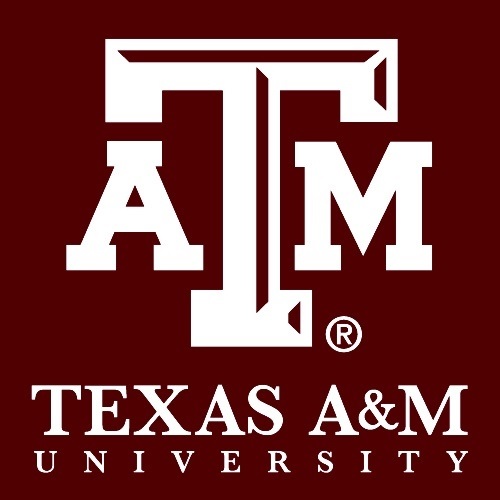From Texas A&M University (US)
July 21, 2021
Steve Kuhlmann
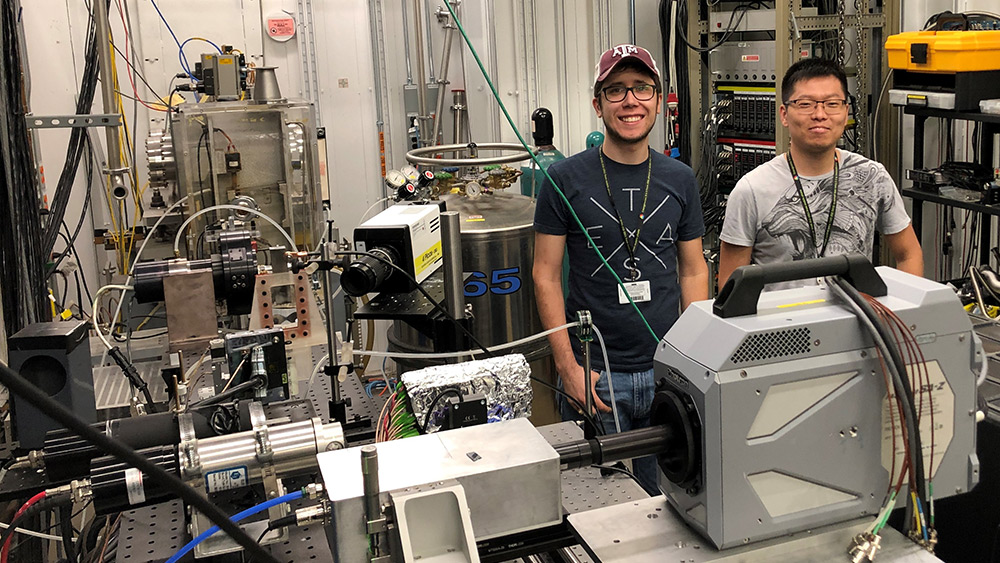
Christopher Campbell and Dr. Xin Tang work to record plasma discharge in the DOE’s Argonne National Laboratory (US) Advanced Photon Source (US). | Image: Courtesy of Dr. David Staack.
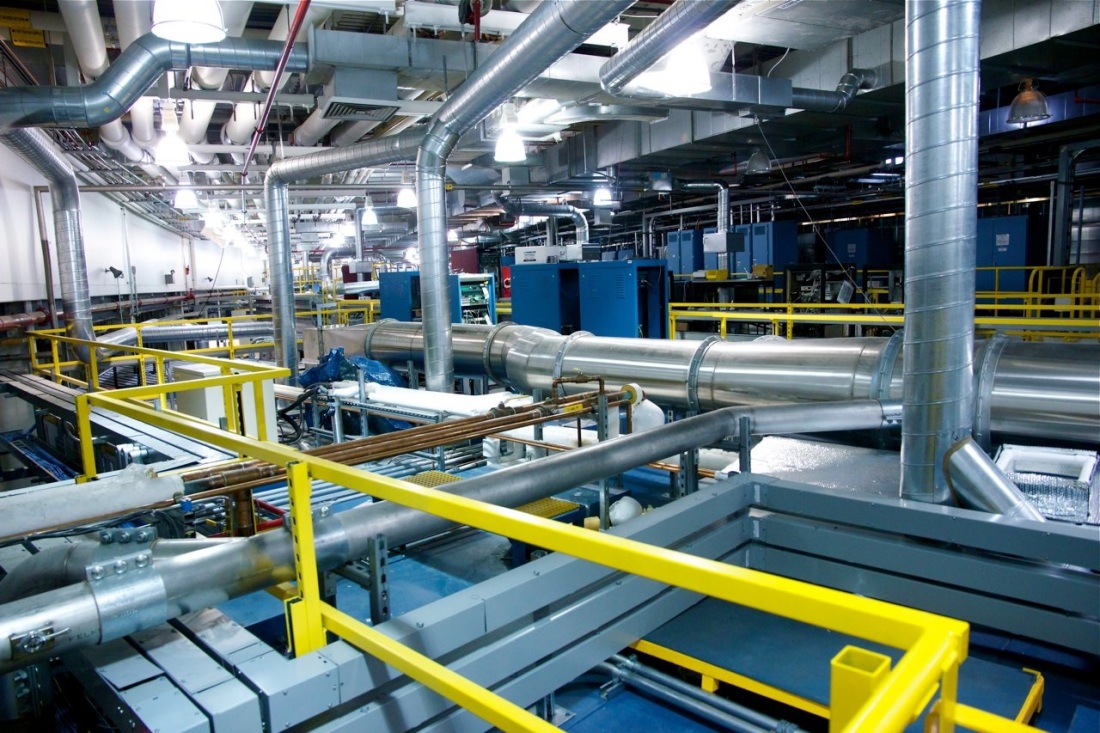
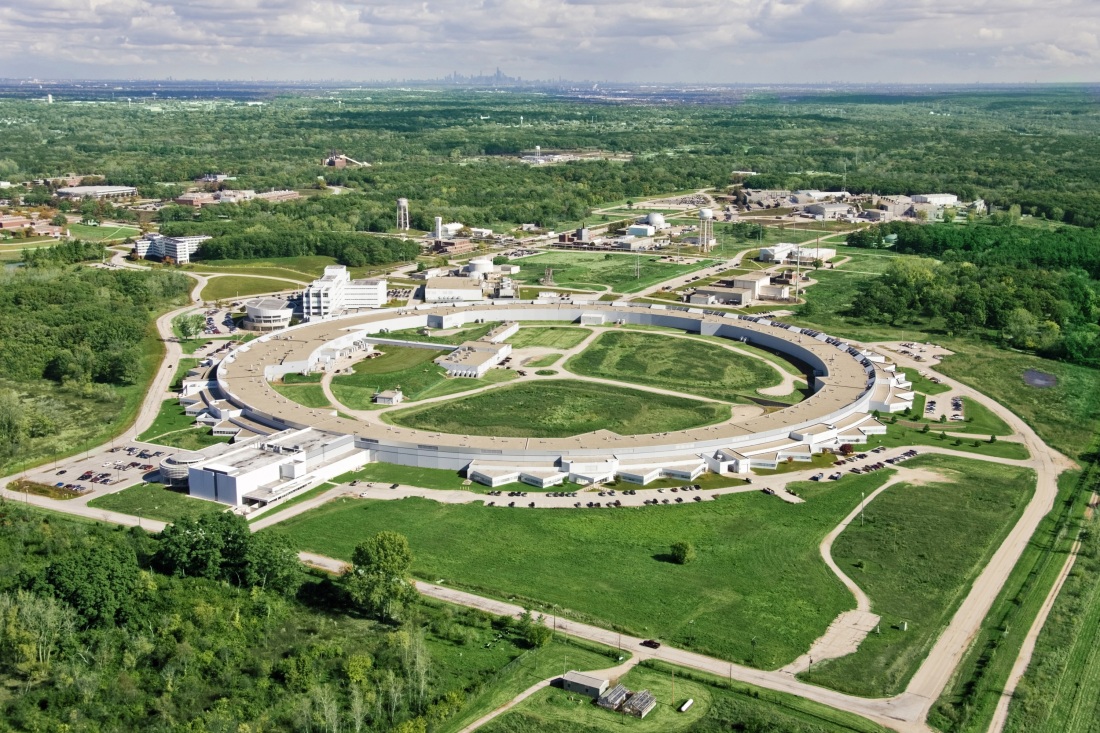
Occurring faster than the speed of sound, the mystery behind the breakdown of plasma discharges in water is one step closer to being understood as researchers pursue applying new diagnostic processes using state-of-the-art X-ray imaging to the challenging subject.
These diagnostic processes open the door to a better understanding of plasma physics, which could lead to advances in green energy production through methods including fusion, hydrocarbon reforming and hydrogen generation.
Dr. David Staack and Christopher Campbell in the J. Mike Walker ’66 Department of Mechanical Engineering at Texas A&M University are part of the team pioneering this approach to assessing plasma processes. Partners on the project include diagnostics experts from DOE’s Los Alamos National Laboratories (US) and using the facilities at the DOE’s Argonne National Laboratory Advanced Photon Source (APS) (US).
The team is working with LTEOIL on patented research into the use of multiphase plasma in carbon-free fuel reforming. The research is supported by the dynamic materials properties campaign (C2) and the advanced diagnostics campaign (C3) at Los Alamos National Laboratories through the Thermonuclear Plasma Physics group (P4) principal investigator, Zhehui (Jeph) Wang.
The research, which was recently published in Physical Review Research, is producing the first-known ultrafast X-ray images of pulsed plasma initiation processes in water. Staack, associate professor and Sallie and Don Davis ’61 Career Development Professor, said these new images provide valuable insight into how plasma behaves in liquid.
“Our lab is working with industry sponsors on patented research into the use of multiphase plasma in carbon-free fuel reforming,” Staack said. “By understanding this plasma physics, we are able to efficiently convert tar and recycled plastics into hydrogen and fuels for automobiles without any greenhouse gas emissions. In the future, these investigations may lead to improvements in inertial confinement fusion energy sources.”
Inertial confinement fusion — in which high temperature high energy density plasmas are generated — is a specific focus of the project. To better understand the plasma physics involved in this type of fusion, Staack said the team is developing short timescale, high-speed imaging and diagnostic techniques utilizing a simple, low-cost plasma discharge system.
Additionally, they are seeking to better understand the phenomena that occur when plasma is discharged in liquid, causing a rapid release of energy resulting in low-density microfractures in the water that move at over 20 times the speed of sound.
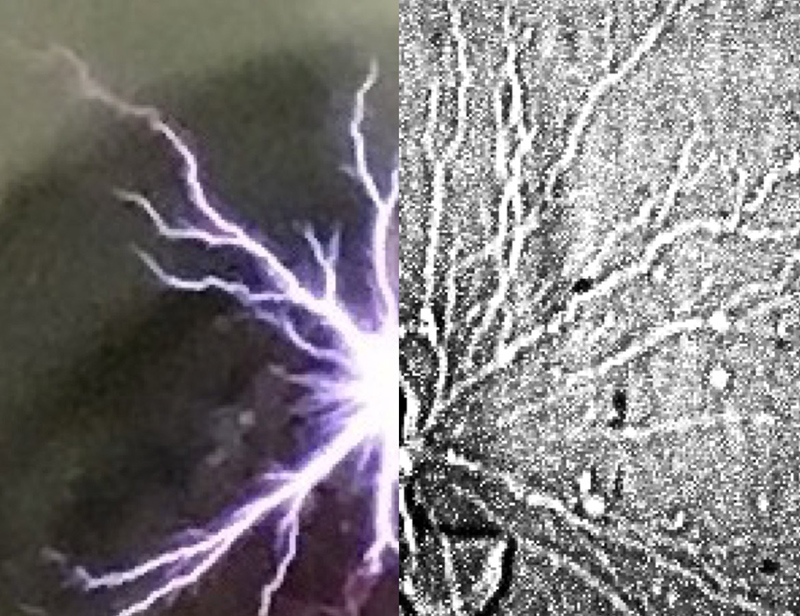
Even using state-of-the-art X-ray imaging, the plasma discharge occurs so quickly that researchers were only able to record one frame per event. | Image: Courtesy of Dr. David Staack.
Campbell, a graduate research assistant and Ph.D. candidate, said the team hopes their discoveries can prove to be a valuable contribution to the collective knowledge of their field as researchers seek to develop robust predictive models for how plasma will react in liquid.
“Our goal is to experimentally probe the regions and timescales of interest surrounding this plasma using ultrafast X-ray and visible imaging techniques, thereby contributing new data to the ongoing literature discussion in this area,” said Campbell. “With a complete conceptual model, we could more efficiently learn how to apply these plasmas in new ways and also improve existing applications.”
Although they have made progress, Campbell said current methods are not yet sophisticated enough to collect multiple images of a single plasma event in such a short amount of time — less than 100 nanoseconds.
“Even with the state-of-the-art techniques and fast framerates available at the Advanced Photon Source, we have only been able to image a single frame during the entire event of interest — by the next video frame, most of the fastest plasma processes have concluded,” Campbell said. “This work highlights several resourceful techniques we have developed to make the most of what few images we are able to take of these fastest processes.”
The team is currently working to measure the pressures induced by the rapid phenomena and preparing for a second round of measurements at APS to investigate interacting discharges, discharges in different fluids and processes that may limit confinement of higher energy discharges. They look forward to the opportunity of using even higher-framerate X-ray imaging methods ranging up to 6.7 million frames per second, compared to 271 thousand frames per second in this study.
See the full article here .
five-ways-keep-your-child-safe-school-shootings
Please help promote STEM in your local schools.
Texas A&M University (US) is a public land-grant research university in College Station, Texas. It was founded in 1876 and became the flagship institution of the Texas A&M University System in 1948. As of 2020, Texas A&M’s student body is the second largest in the United States. Texas A&M’s designation as a land, sea, and space grant institution—the only university in Texas to hold all three designations—reflects a range of research with ongoing projects funded by organizations such as the National Aeronautics and Space Administration (NASA) (US), the National Institutes of Health (US), the National Science Foundation (US), and the Office of Naval Research (US). In 2001, Texas A&M was inducted as a member of the Association of American Universities (US). The school’s students, alumni—over 500,000 strong—and sports teams are known as Aggies. The Texas A&M Aggies athletes compete in 18 varsity sports as a member of the Southeastern Conference.
The first public institution of higher education in Texas, the school opened on October 4, 1876, as the Agricultural and Mechanical College of Texas under the provisions of the Morrill Land-Grant Acts. It is classified among “R1: Doctoral Universities – Very high research activity”. Originally, the college taught no classes in agriculture, instead concentrating on classical studies, languages, literature, and applied mathematics. After four years, students could attain degrees in scientific agriculture, civil and mechanical engineering, and language and literature. Under the leadership of President James Earl Rudder in the 1960s, A.M.C. desegregated, became coeducational, and dropped the requirement for participation in the Corps of Cadets. To reflect the institution’s expanded roles and academic offerings, the Texas Legislature renamed the school to Texas A&M University in 1963. The letters “A&M”, originally A.M.C. and short for “Agricultural and Mechanical College”, are retained as a link to the university’s tradition.
The main campus is one of the largest in the United States, spanning 5,200 acres (21 km^2), and is home to the George Bush Presidential Library. About one-fifth of the student body lives on campus. Texas A&M has more than 1,000 officially recognized student organizations. Many students also observe the traditions, which govern daily life, as well as special occasions, including sports events. Working with various A&M-related agencies, the school has a direct presence in each of the 254 counties in Texas. The university offers degrees in more than 150 courses of study through ten colleges and houses 18 research institutes.
As a Senior Military College, Texas A&M is one of six American public universities with a full-time, volunteer Corps of Cadets who study alongside civilian undergraduate students.
Research
The Texas A&M University System, in 2006, was the first to explicitly state in its policy that technology commercialization was a criterion that could be used for tenure. Passage of this policy was intended to give faculty more academic freedom and strengthen the university’s industry partnerships. Texas A&M works with both state and university agencies on various local and international research projects to forge innovations in science and technology that can have commercial applications. This work is concentrated in two primary locations–Research Valley and Research Park. Research Valley, an alliance of educational and business organizations, consists of 11,400 acres (50 km^2) with 2,500,000 square feet (232,000 m^2) of dedicated research space. An additional 350 acres (1 km^2), with 500,000 square feet (46,000 m^2) of research space, is located in Research Park. Among the school’s research entities are the Texas Institute for Genomic Medicine, the Texas Transportation Institute, the Cyclotron Institute, the Institute of Biosciences and Technology, and the Institute for Plant Genomics and Biotechnology. Texas A&M University is a member of the SEC Academic Consortium.
In 2017 Texas A&M ranked 19th nationally in R&D spending with total expenditure of $905.5 million. In 2004, Texas A&M System faculty and research submitted 121 new inventions and established 78 new royalty-bearing licensing agreements; the innovations resulted in income of $8 million. The Texas A&M Technology Licensing Office filed for 88 patents for protection of intellectual property in 2004.
Spearheaded by the College of Veterinary Medicine, Texas A&M scientists created the first cloned pet, a cat named ‘cc’, on December 22, 2001. Texas A&M was also the first academic institution to clone each of six different species: cattle, a Boer goat, pigs, a cat, a deer and a horse.
In 2004, Texas A&M joined a consortium of universities and countries to build the Giant Magellan Telescope in Chile; the largest optical telescope ever constructed, the facility has seven mirrors, each with a diameter of 8.4 meters (9.2 yd).
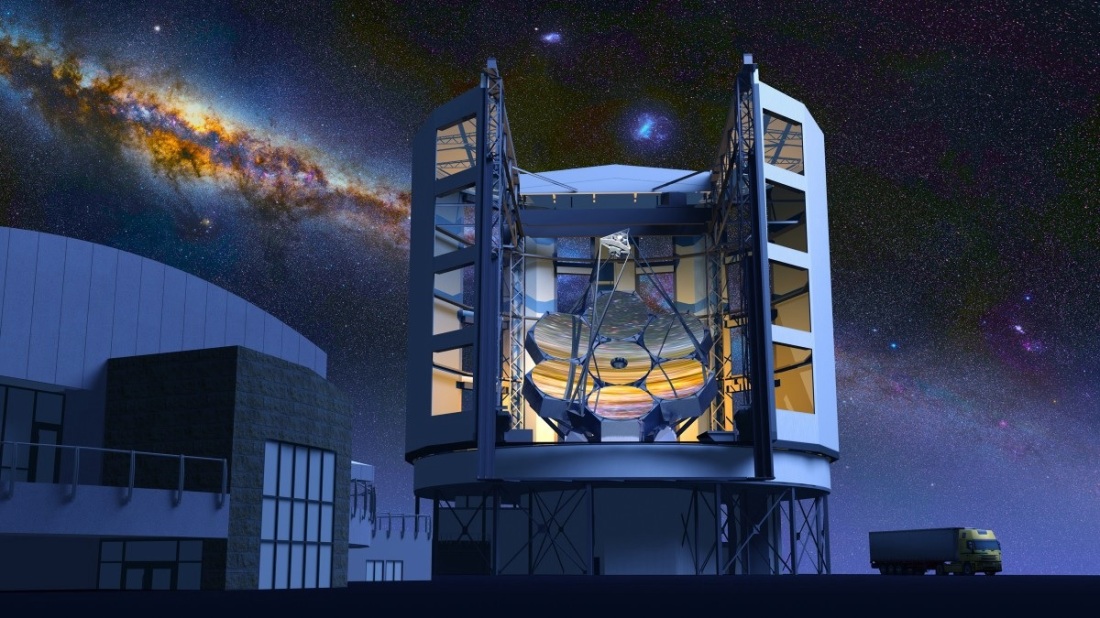
This gives the telescope the equivalent of a 24.5 meters (26.8 yd) primary mirror and is ten times more powerful than the Hubble Space Telescope. Ground-breaking for the construction of the telescope began in November 2015.
As part of a collaboration with the DOE National Nuclear Security Administration(US), Texas A&M completed the first conversion of a nuclear research reactor from using highly enriched uranium fuel (70%) to utilizing low-enriched uranium (20%).
The eighteen-month project ended on October 13, 2006, after the first ever refueling of the reactor, thus fulfilling a portion of U.S. President George W. Bush’s Global Nuclear Threat Reduction Initiative.
TAMU researchers have named the largest volcano on Earth, Tamu Massif, after the university.
In 2016, the university was targeted by animal rights group PETA, who alleged abusive experiments on dogs. Texas A&M responded that a video had been posted by PETA with insufficient context, and it said that the dogs had a genetic condition that also affects humans — Duchenne muscular dystrophy — for which there is no cure. “The dogs — who are already affected by this disease — are treated with the utmost respect and exceptional care on site by board-certified veterinarians and highly trained staff. The care team is further subject to scientific oversight by agencies such as the National Institutes of Health (NIH) and the Muscular Dystrophy Association, among other regulatory bodies.”
Worldwide
Texas A&M has participated in more than 500 research projects in more than 80 countries and leads the Southwestern United States in annual research expenditures. The university conducts research on every continent and has formal research and exchange agreements with 100 institutions in 40 countries. Texas A&M ranks 13th among U.S. research universities in exchange agreements with institutions abroad and student participation in study abroad programs, and has strong research collaborations with the National Natural Science Foundation of China [国家自然科学基金] (CN)and many leading universities in China.
Texas A&M owns three international facilities, a multipurpose center in Mexico City, Mexico, the Soltis Research and Education Center near the town of San Isidro, Costa Rica, and the Santa Chiara Study Abroad Center in Castiglion Fiorentino, Italy. In 2003, over 1,200 Aggie students, primarily undergraduates, studied abroad. Marine research occurs on the university’s branch campus, Texas A&M University at Galveston. It also has collaborations with international facilities such as the Hacienda Santa Clara in San Miguel de Allende, Guanajuato.
Texas A&M’s Center for International Business Studies is one of 28 supported by the Department of Education (US). The university is also one of only two American universities in partnership with CONACyT – Consejo Nacional de Ciencia y Tecnología [Consejo Nacional de Ciencia y Tecnología] (CONACYT)(MX), Mexico’s equivalent of the National Science Foundation, to support research in areas including biotechnology, telecommunications, energy, and urban development. In addition, the university is the home of “Las Americas Digital Research Network”, an online architecture network for 26 universities in 12 nations, primarily in Central and South America.
Texas A&M has a campus in Education City, Doha, Qatar. The campus is part of Qatar’s “massive venture to import elite higher education from the United States”. TAMUQ was set up through an agreement between Texas A&M and the Qatar Foundation for Education, Science, and Community Development, a foundation started in 1995 by then-emir Sheikh Hamad bin Khalifa Al Thani and his wife and mother of the current emir, Sheikha Moza bint Nasser. TAMUQ was opened in 2003, and the current contract extends through 2023. The campus offers undergraduate degrees in chemical, electrical, mechanical and petroleum engineering and a graduate degree in chemical engineering. TAMUQ has received numerous awards for its research. Texas A&M receives $76.2 million per year from the Qatar Foundation for the campus. In the agreement with the Qatar Foundation, TAMU agreed that 70% of its undergraduate population at its Qatar campus would be Qatari citizens. The curriculum aims to “duplicate as closely as possible” the curriculum at College Station, but questions constantly arise over whether this is possible due to Qatar’s strict stance on some of the freedoms granted to U.S. students. TAMU has also been the subject of criticism over its Qatari campus due to Qatar’s support of global terrorism and appalling human rights record. Texas A&M Aggie Conservatives, a campus activism group, has spoken out against the campus and called for its immediate closure on the grounds that it violates a commitment to educating Texans, and diminishes the credibility of engineering degrees earned by students at College Station.
In late 2013, Texas A&M signed an agreement to open a $200 million campus in Nazareth, Israel as a “peace campus” for Arabs and Israelis. The agreement led to protests from students at the Qatari campus who claimed that it was “an insult to [their] people”. The campus was never opened. Instead, Texas A&M opened a $6 million marine biology center in Haifa, Israel.
